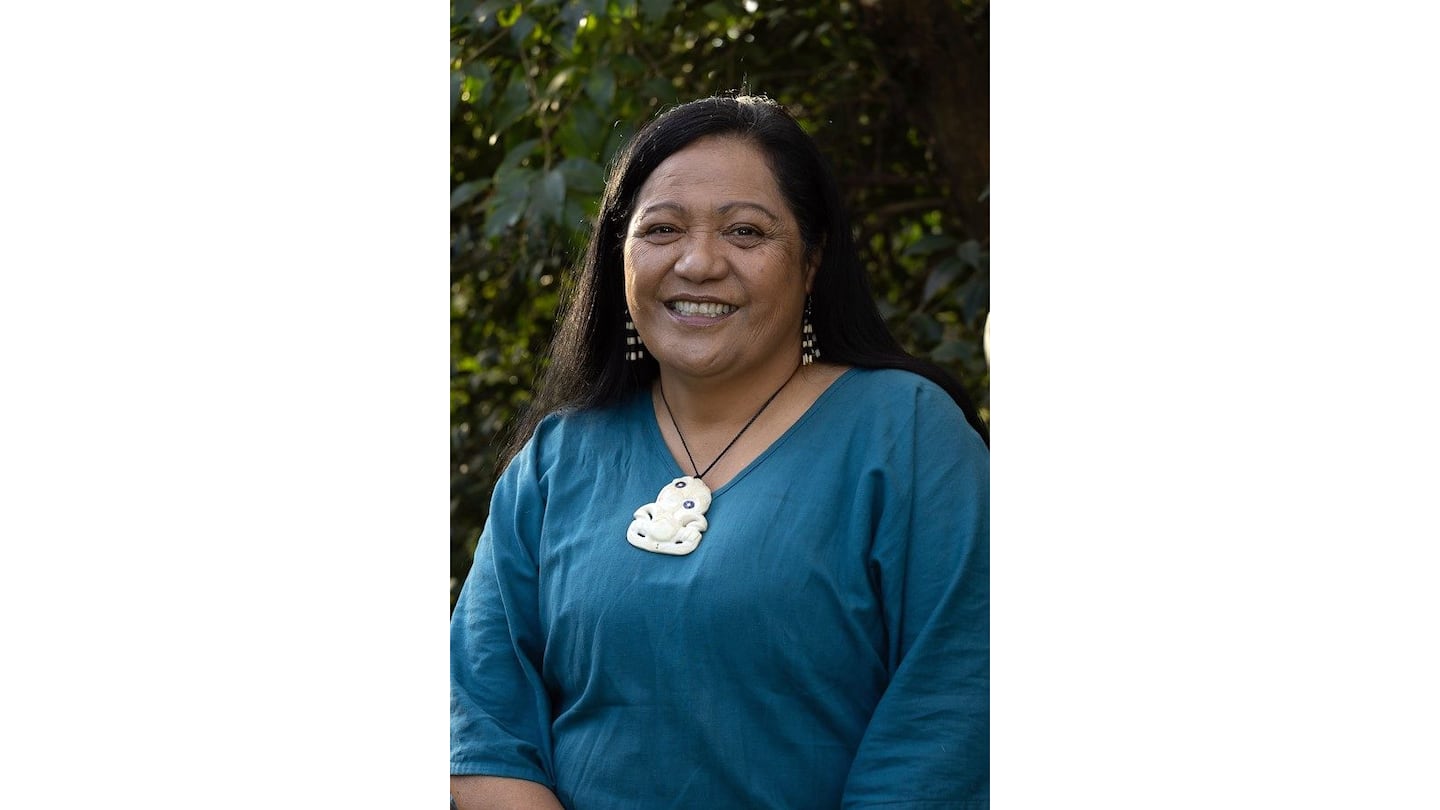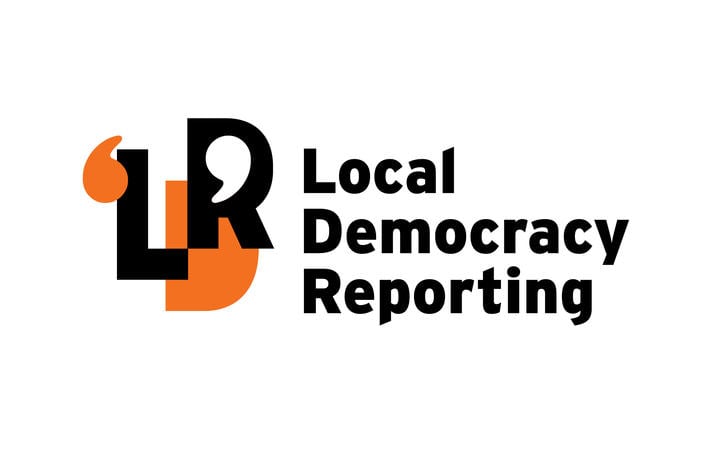Darlene Dinsdale says she’s disappointed she will only serve one term as Western Bay of Plenty’s Māori ward councillor.
She was elected to the Waka Kai Uru Māori Ward on Saturday, but the district also voted in a binding poll to remove the ward from 2028.
Māori wards guaranteed Māori representation on councils and the poll result was “disappointing”, Dinsdale said.
“We’ve only really got three years to ensure that our voices are heard for the benefit of all of our communities, iwi and hapū as well.”
The poll result and voter turnout was something to learn from, Dinsdale said.
“Maybe we didn’t do very well in terms of actually educating our people [about] the importance of the Māori ward.”
It was “really overwhelming” that so many people didn’t get out there and vote, Dinsdale said.
Progress results showed 7080 people voted to remove the Māori ward – about 2000 more votes than those wanting to keep it.
Overall voter turnout for the Western Bay was 33.98%, including 29.77% in the Māori ward as of 6.50pm on Saturday. [11/10]
Māori wards weren’t new but recent legislation and the referendum “created differing opinions within our communities”, Dinsdale said.
It was hard knowing the seat wouldn’t exist in three years’ time, but Dinsdale would “advocate strongly” for her ward.
The “challenge” was the ward covered the entire district, but she planned to speak to the different communities and be their connection to the council.
Dinsdale lives in Te Puke and is a consultant and researcher. She is a member of the council’s combined Tāngata Whenua Forum and the Western Bay iwi representative for SmartGrowth.

Mayor James Denyer, who was re-elected to serve his second term, said Dinsdale was in a “tough position” only having the seat for three years.
It was a “key concern” for him when the council was “forced” to vote on whether to keep the ward or face a binding poll, he said.
“We heard loud and clear from tangata whenua ... even knowing that risk, they still wanted to have that Māori ward to show what it can achieve.”
In September last year, the council reaffirmed its decision to keep the ward.
The Government directed councils to rescind Māori wards established after 2021 or hold a binding referendum on them at this year’s local body elections.
The poll showed the value of testing the community’s views over time, Denyer said.
In the 2018 poll, 78% of voters were against establishing a Māori ward. For the 2025 poll, nearly 60% wanted to remove it.
“It was definitely worth asking the question and [the] community has spoken.”
Re-elected councillor Margaret Murray-Benge has been vocal in her opposition to Māori wards.
She voted against the ward in both council decisions.
“My view that it’s undemocratic to go down separate paths,” she told Local Democracy Reporting after her election win.
“People have been very worried about the separatism that’s coming in this country, so the vote does not surprise me at all.”Other districts that voted to remove their Māori wards include Taupō, Thames, Hauraki, Matamata-Piako and Ōtorohanga.
Hamilton, Rotorua, Kawerau and Whakatāne voted to keep their wards.
– LDR is local body journalism co-funded by RNZ and NZ On Air




